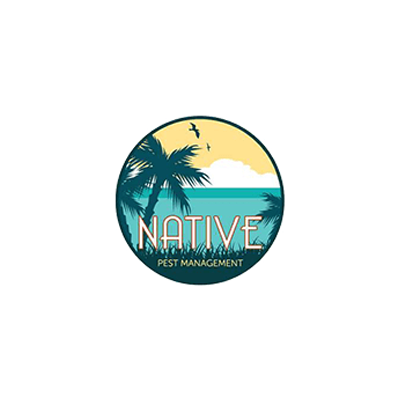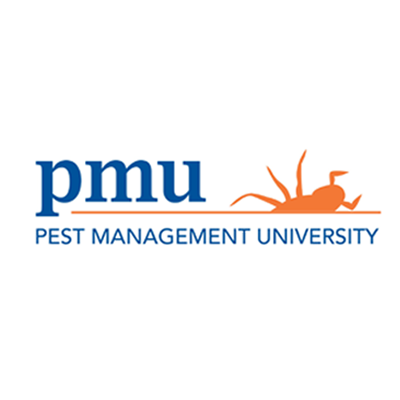Pest Problem Resolution
Let us help you solve your pest problems. We specialize in solving complicated pest issues. Has your pest control company said they can’t figure it out? Is there debate over who is responsible for an issue such as the landlord vs tenant? We can inspect, find the source of the issue, and write a step-by-step service protocol to resolve the issue. If needed, we can help you arrange a qualified pest control company to do the work.
If unresolved, many of these issues escalate to expensive legal disputes. We prefer to get involved earlier and find a solution that is acceptable to all parties involved.
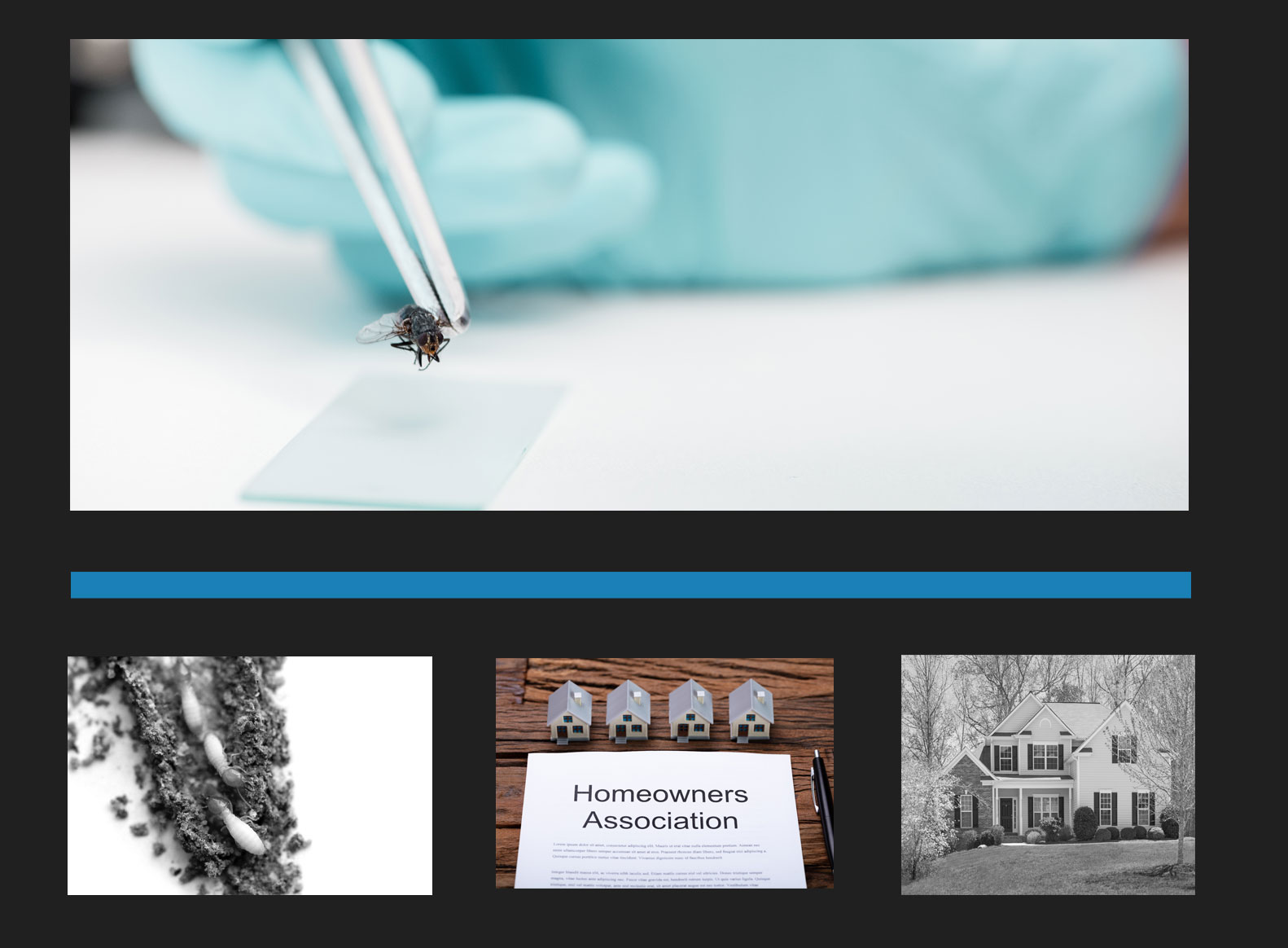
When there are large sums of money involved, things can get complicated fast. This is also true when pests such as termites cause problems in real estate transactions. Real estate transactions are the number one cause of pest control related lawsuits.
It is always best to resolve any pest issues before the lawyers get involved. When buying, selling, or leasing a property always get a building inspection that includes a termite report. If the transaction involves a restaurant, we also recommend an inspection include other common pests that can put you out of business such as roaches and rodents.

Once again, when large sums of money are involved, tensions can rise quickly. Pest such as rodents, bedbugs, and roaches are often contributing factors to landlord/tenant disputes. For example, if a restaurant gets shut down because of rodents, was it due to the failure of the landlord to maintain the overall premises or the tenant’s responsibility to maintain cleanliness and preventative pest management practices? Aging pipes, ductwork, rooflines and doors can all lead to pest issues. Commercial leases typically put much of the responsibility on the tenant. However, structural defects may be the landlords responsibility.
Residential settings can have issues too. If a tenant has bedbugs or roaches, did they come from a neighboring unit? Did the tenant bring the issue in themselves? Is the pest management program currently in place adequate? Research studies have shown it is possible for these pests to spread throughout buildings and not just be isolated incidents. Tenants and landlords have shared responsibility to keep a pest-free environment.
Without a thorough inspection, it is difficult to tell where the problem is originating. We can inspect your property and recommend the best course of action to fix current problems and prevent them from coming back.

Homeowner Associations (HOAs) and large commercial properties need to develop scope of work details to make sure they get the best results for their money. Often, pest management related Request For Quotes (RFQs) are written overly vague and are impossible to verify if the work is being performed properly. This often leads to contractors submitting a wide range of prices for a wide range of intended work. A well written scope will tell contractors exactly what is and is not expected of them. It will also have provisions to make work verifiable, so you get the intended results.
We are often contacted by HOAs or large properties that have already gotten several quotes but now need to figure out what is the best for them. For example, when requesting quotes for drywood termites in condominiums, apartments, or other multi-family structures you may find you receive estimates for numerous treatment methods. What is the best for your property? Fumigation? No-tent treatments? Borate treatments? Heat treatments? They are all options, but it will depend on your unique situation. Factors such as how long tenants can be out of their home, how the leases/bylaws are written, how severe/widespread the infestation is, and how quickly the problem needs remedied all come into play. We are experts at guiding you through the process.

Pests need food, water, and shelter to survive. Unfortunately, restaurants provide all of these. Pest populations can rapidly explode when the right conditions exist. No “bug spray” can keep pests away on its own. It take a combination of methods (often called IPM- Integrated Pest Management) to be successful. In addition to regular pest management services, other factors such as sanitation and exclusion are critical to prevent pests.
For example, we can determine if an ongoing rodent problem is breeding inside the restaurant or the result of rodents entering the structure. Often decaying cast iron sewer piping or ventilation systems can allow open access from outside. Knowing the source of the problem allows us to then write a detailed plan to fix the situation as quickly as possible.
Maybe you don’t have a pest issue yet, but you want to keep it that way. We can also review your current procedures and make recommendations to help ensure a successful pest management procedure in the future.
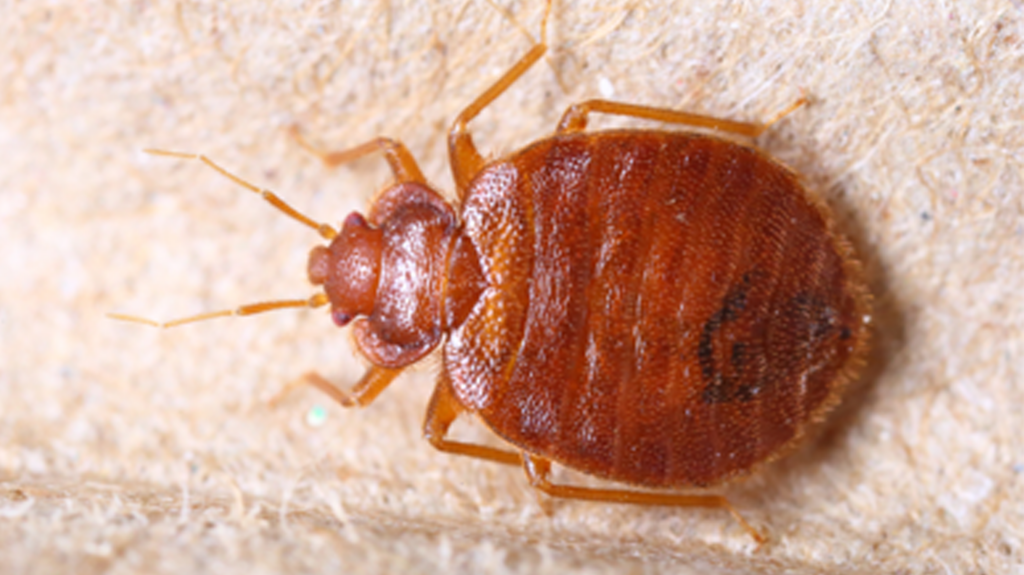
Bed bugs are one of the most traumatizing insects to deal with. They can also lead to a lot of liability for landlords, nursing homes, hotels, office buildings, movie theaters, retail stores, casinos, and any other business where people come and go.
A common misconception is bed bugs only come in on luggage. Bed bugs are great hitchhikers and can enter on shopping bags, purses, computer bags, lunch boxes, cardboard boxes, and just about anything else that is transported between locations.
Major bed bug issues arise for several different reasons or maybe even a combination of several reasons. First, bed bugs can be very resistant to most of the products available to treat them. This means it may take several treatments or a certain product may not work at all. The best professionals use a combination of products to avoid this issue as much as possible.
Common questions about bed bugs we help with:
- Are the bed bugs coming back in from customers, tenants, or employees?
- Are the bed bugs being properly eliminated in the first place?
- Are bed bugs invading and re-infesting from neighboring units?
- Is the lack of control due to resistant bed bugs or improper control methods?
- What can my place of business do to prevent major infestations?
The most important thing to do is not ignore even a small problem. The most egregious bed bug lawsuits have been where landlords or business owners did the “minimum” treatments when an issue was brought to their attention. They didn’t realize the issue was spreading way beyond small localized infestations. By only inspecting and treating small areas of the structure at a time, they missed the big picture. . . . . bed bugs were slowly spreading throughout the entire structure and becoming a major issue. Management relied on tenants and employees to report issues. However, many people were not reporting issues out of embarrassment or fear of getting the blame themselves. Sometimes the magnitude of the problem is not recognized until a Health Department inspection or an unfortunate lawsuit. Let us help you develop a proactive plan to never let a bed bug problem spiral out of control.

Termites are the number one insect for property damage in the United States. This also leads to liability when money is involved such as a real estate transaction. Always get a home inspection and a termite inspection (sometimes a separate purchase) when buying or selling any real estate. Always be sure to have a reputable company provide termite protection with a warranty, and ALWAYS read the fine print on any contract.
Once you know you have termites, you need to be sure they are properly identified. Treatments for subterranean termite do not kill drywood termite colonies and likewise, drywood termite treatments do not kill subterranean termite colonies.
To make matters more complicated, each kind of termite has several different treatment options. A lot depends on the unique situation of that structure . . . . there is no one “best way” to treat every structure.
We have worked with numerous Homeowner Associations (HOAs), apartment/condo complexes, and commercial building owners to help them through these steps and select the best treatment method for their situation. Our goal is to make sure you get the best results, in the shortest amount of time, and come in on budget even when dealing with the nightmare of a major termite issue.
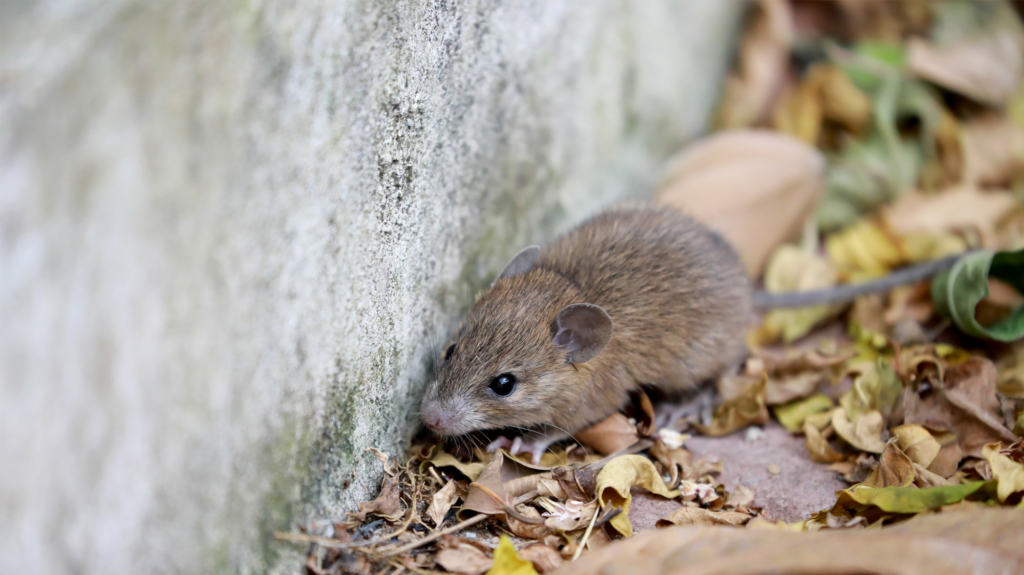
Next to termites, rodents are the most problematic pest we encounter. Restaurants, businesses, and homes can be contaminated by urine, feces, and diseases. This can lead to illnesses, business closures, and more liability for property managers.
On rodent inspections, typically we are being called in where there is a long-term rodent issue that just won’t go away. No one can figure out where they keep coming from. Are they breeding indoors? Do they have a hidden entrance? Are they coming from the sewers?
We have the tools and experience to find the answers. We know where to look for signs of rodents and can help identify problem areas. We specialize in using the latest techniques and technology such as IR cameras, remote monitoring, and sewer testing. Every situation is different, but every problem has a solution. . . . we just need to find it.
Our most common clients for rodent inspections are restaurants. Rodents in a restaurant can quickly close an otherwise successful business. If not by the Health Department, negative online customer reviews mentioning rodents can cost you your business. These situations are often very complicated. Are rodent issues caused by the restaurant (tenant), the building (landlord), or even by neighboring units in common structure? Many times this can lead to broken leases and lawsuits. It takes a thorough investigation and understanding of rodent biology to track down where rodents are entering the structure, what they are eating, and how they are evading control methods in place. We have successfully helped both tenants and landlords identify and eliminate rodent issues BEFORE they escalate to lawsuits.

Finding the proper solution for pest issues starts with proper pest identification. With a University of Florida Graduate Entomologist on staff, we can properly identify pest issues. This allows you to move forward with the proper treatment.
Did you know many similar looking pests require very different treatments? Common misidentifications resulting in incorrect treatments are:
- Drywood termites vs. Formosan subterranean termites
- Bed bugs vs non-biting bugs
- Bed bugs vs other biting insect pests
- Wood destroying beetles vs termites
- Indoor breeding cockroaches vs. species entering from outside
Let us help you identify your specimens and not waste time or money incorrectly treating your problem.

